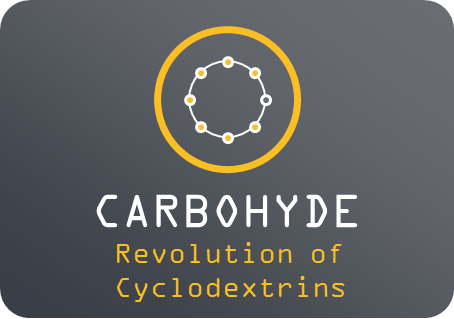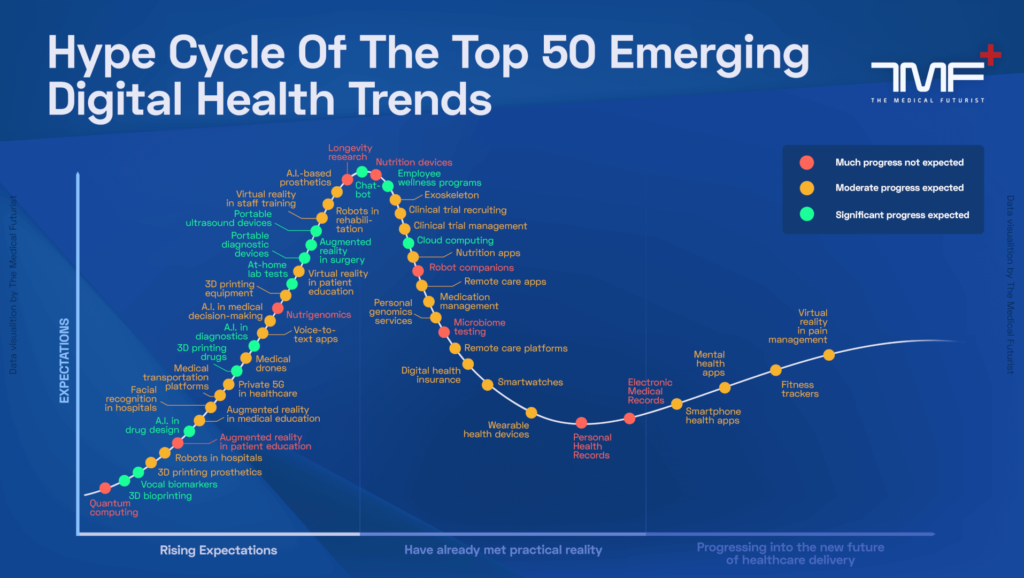The Future Of Work 50 2023
Fascinating article from Forbes listing 50 leaders, executives, thinkers and teams in 2023 rethinking the world of work at a time when everything—from the job market’s future to AI’s impact to a college degree’s value—feels more uncertain than ever.
Really visionary companies and people nice week-starter read!
The Future Of Work 50 2023 (forbes.com)



